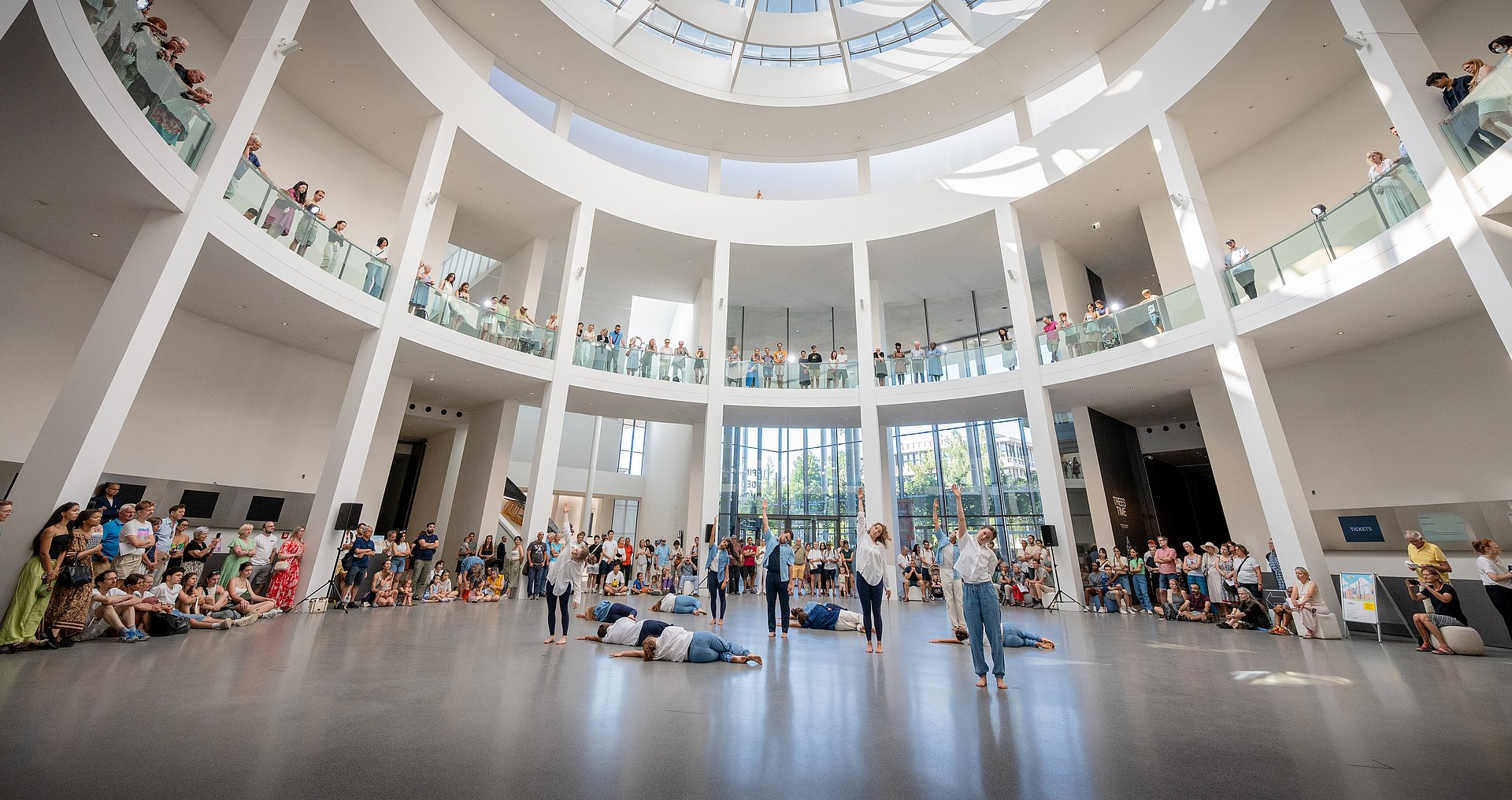TUM Center for Culture and Arts
We are creating a diverse cultural program for the university community – to discover hidden talents, broaden horizons, and to gain inspiration for new ways of thinking and working – with the offerings of the TUM Center for Culture and Arts.

Music, literature, fine arts, performing arts or digital arts: With wide-ranging programs, we forge ties to innovation and technology, politics, history and society. All members of the TUM community − and friends of TUM − are invited to take part: expand your horizons and embrace new ways of thinking.
Winter semester 24/25
Courses for students
Seminars, creativity labs and excursions: Here students discover their creative and cultural curiosity, and gain credits for their degree while exploring less familiar fields of knowledge. This offer is part of the general skills teaching program “Science ⋈ Technology ⋈ Society (Kontextlehre WTG)” as well as the English Department at the TUM Language Center. Learn more about the semester highlights of the course offer via the newsletter: subscribe
Enrolment and available places in TUMonline
Sorted by start date:
- 20.10 Come Together! - Inter/Cultural Practice for Locals, Foreigners and World Inhabitants (Workshop)
- 27.10 Diversity in Music – Then and Now (Seminar)
- 27.10 Discrimination, Persecution and Extinction Dachau Concentration Camp in History & Present (Workshop)
- 28.10 Robots, Androids, Clones and Transhumanism in Literature, Film and Culture (Seminar)
- 28.10 From "New Atlantis" to "Blade Runner" - Utopias and Dystopias in Culture, Literature and Film (Seminar)
- 28.10 Myths, Machines, and Futures: Crafting Speculative Fiction Across Cultures (Workshop)
- 14.11 Munich - 'The Capital of the Movement' Excursion to the Munich Documentation Center for the History of National Socialism (Exkursion)
- 12.01 Project Week: A Different Kind of Game Jam! Reflecting Science, Technology and Society through Game Design (Workshop)